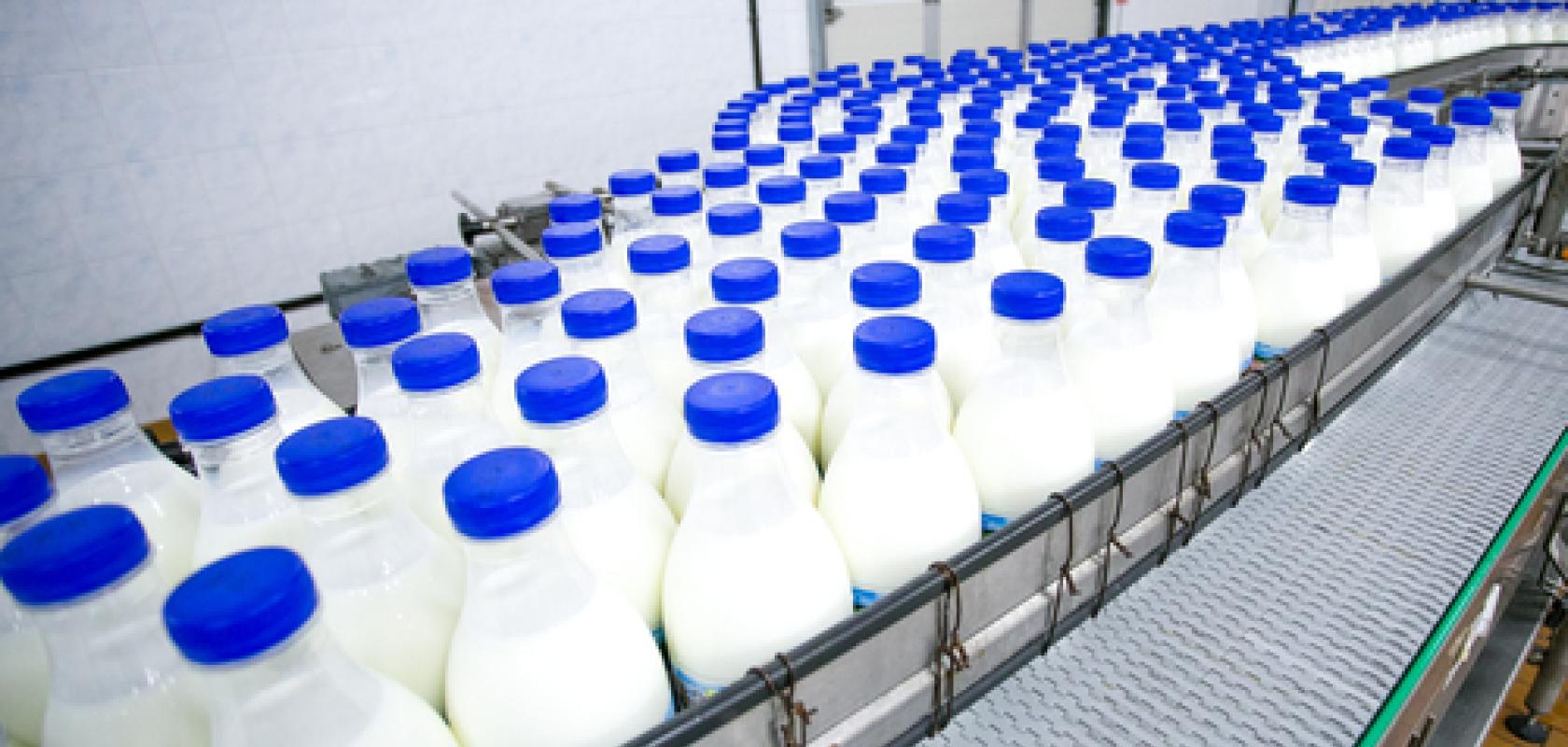A new optical sensor that can check the presence of contaminants in milk and produce a detailed reading in minutes, is set to reduce costs, wastage and antibiotic use linked to the production, quality control, and processing phases in the dairy industry.
Scanning milk for two proteins and 10 contaminants simultaneously, the optical sensor will take measurements directly on-site at each point of the long and logistically-spread milk value chain.
Delivering a detailed reading in about five minutes, the sensor can look for any antibiotics ingested by the cows that have been transmitted to the milk. Using the collected information, companies can prevent contaminants, such as antibiotics and aflatoxin, from entering the food chain.
Across dairy farms today standard tests take days to perform, whereas the new palm-sized sensor, developed by researchers from the Italian National Research Council (CNR) in Bologna, will be the easiest way to check the presence of milk components that are quality parameters for milk and other dairy products.
The same readout can help prevent food poisoning outbreaks like Staphylococcal enterotoxins (SEs) while at the same time predicting milk quality (Kappa Casein) and cow health (lactoferrin).
'Our sensor is a multi-parameter tool, based on innovative nano-photonic technologies. It is designed for detecting milk contaminants, and provides an inexpensive, early warning system. This will help the entire dairy industry to save time, millions of Euros and gallons of wastage,' said project coordinator Stefano Toffanin, researcher at the CNR.
Used as an offline, hand-held tool by non-specialists and technicians, the miniaturised sensor system can be integrated into a milking machine for inline detection.
Milk-processors check food-safety parameters upon delivery. When a batch is found to be contaminated, the processors must reject and destroy the product leading to serious financial losses for farmers.
'The innovative milk sensor system can be a valuable tool when implemented throughout the entire dairy supply chain. It contributes to contamination-free milk and dairy products, as well as significantly reducing waste and economic losses.'
The system works by exploiting highly miniaturised organic optoelectronic devices with a grating supporting surface plasmon resonances (SPR).
SPR are waves of free electrons at the surface of a metal. They are extremely sensitive to binding events occurring on the surface and can be excited and detected by a light beam impinging on the surface. Then, a change in the reflected intensity carries out information on the in situ interaction of specific, pre-programmed receptors with selected bacteria, toxins, antibiotics and, in general, with contaminants.
'Detection and investigation of contaminants in fluids is a rapidly growing field in SPR bio sensing. Until recently optical constrains, high costs and limitations in the detected parameter number prevented the use of SPR outside of a laboratory. Within our unique integrated sensing architecture, MOLOKO can deliver results in minutes, for advanced dairy analysis,'
Going by the acronym ‘MOLOKO’, the consortium developing the sensor system expects to have a prototype ready in three years. MOLOKO is a Photonics Public Private Partnership project that secured €6 million of EC funding via the Horizon 2020 work programme.
Participants from eight EU and associated countries include: Consiglio Nazionale delle Ricerche (CNR), Plasmore SRL, Istituto Superiore di Sanità, Parmalat Spa, Milkline SRL (Italy); Stichting Wageningen Research (Netherlands); Fraunhofer-Gesellschaft zur Foerderung der Angewandten Forschung E.V (Germany); Quadrachem Laboratories Limited (United Kingdom); Bewarrant (Belgium); nemzeti élelmiszerlánc-biztonsági hivatal – The National Foodchain Safety Office (Hungary); Teknologian tutkimuskeskus VTT Oy (Finland); CSEM Centre Suisse D’Electronique et de Microtechnique SA – Recherche et Developpement – the Swiss Center for Electronics and Microtechnology (Switzerland).


